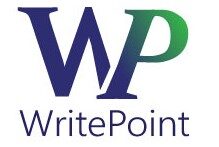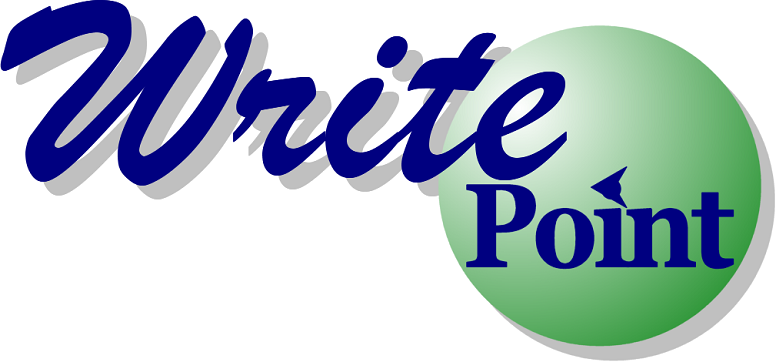This is Part 4 of our The Life of a Project Series.

I’ll start by saying that outlining a project is at the same time very important and very difficult. At times, it is even impossible. When it is impossible, obviously, you shouldn’t waste your time doing it. In the case of this project, I could stop right here because there was no time to make an outline.
But, even more critical, there was nothing on which to base an outline other than the structure of the document that already existed and the need to produce a document that answered each of the requirement issues.
The client had already created a spreadsheet with most of the elements of an outline already there. I considered the options for a few minutes and made the difficult decision to let the current document stand not only as the basis upon which we would build the final deliverables, but also as the outline.
So, setting this project aside, I’d like to explain why an outline is so important and what it should contain. It continues to shock me how often this step is ignored or skipped by many seasoned technical writers – it shouldn’t be.
What is an outline? Some or all of the following:
- A list of the sections of the document that you believe you need to write or compile
- A reference to existing materials (pointing to the corresponding sections in the outline)
- A list of the contact people (and again, pointing to the corresponding sections where they are expected to give input)
The outline can contain not just the sections, but the amount of pages (topics) or time (days, hours, whatever). The outline can be minimal in content or it can contain as much information as you deem necessary.

More than once, the outline has saved a project. I’ve had cases where I sent the outline and 3 out of 4 people responded. The fourth only supplied comments (mostly negative) after the document was finished. He thought the document would be something else, would be for a different audience, with other content.
Before I could express my surprise, the other three people jumped in and gave him a hard time.
“Why didn’t you say something after she gave us the outline?”
“Didn’t you read what she put in the outline?”
In that case, it worked out well for all. The three were happy with the document and the company began distributing it. The one admitted he had seen the outline but hadn’t really put enough thought into it until he read the finished document and requested an additional document (the one he thought the original would be) for his targeted audience. And I was hired to write another manual, for which I created an outline and got approval in advance.
The important thing to remember about outlines is that, almost always, they serve as a standing record of what the company agreed to have you write – it is in your best interest, whenever possible, to create an outline.
It was hard to move forward with this project without an outline that we had developed. We knew we were relying on the client’s document. Having finished the project, we can now conclude that even had we written an outline, it would not have changed much.
See Part 5 in our series: Assess the materials on hand early on.

